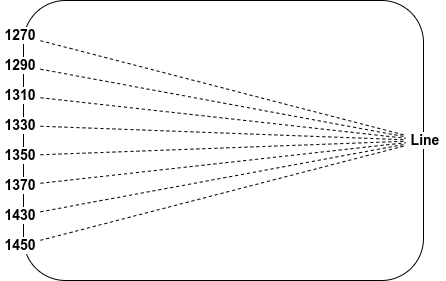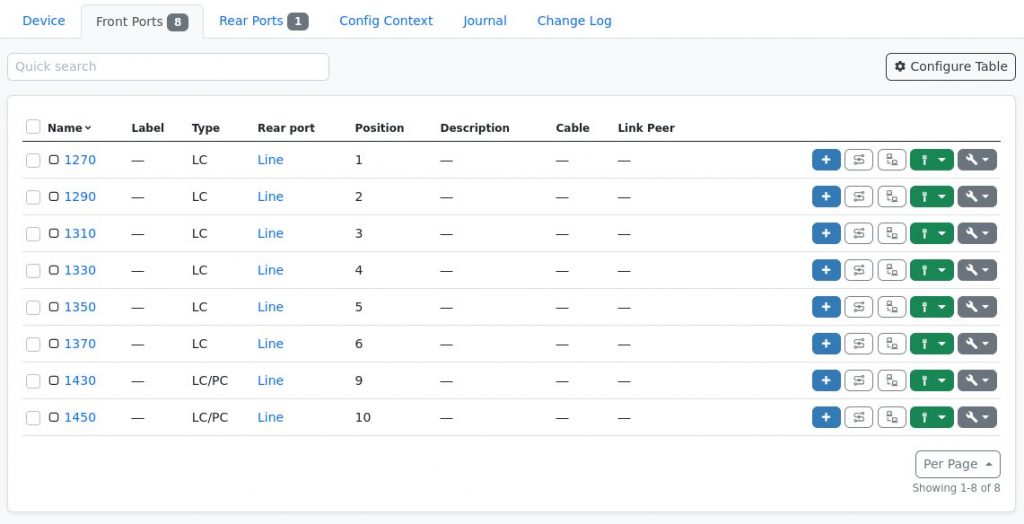Recently we were wondering why node_exporter, in all the nice metrics it exposes about a Linux system, does not show if a Linux network interface is configured to be UP or DOWN, but only the operational state. So we started digging…
On the CLI, using iproute2 tooling, the operational state is shown explicitly, for example in the 2nd column in the following output:
$ ip -br l
lo UNKNOWN 00:00:00:00:00:00 <LOOPBACK,UP,LOWER_UP>
eth0 DOWN aa:bb:cc:dd:ee:ff <NO-CARRIER,BROADCAST,MULTICAST,UP>
wlan0 UP 00:08:15:ab:cd:ef <BROADCAST,MULTICAST,UP,LOWER_UP>
eth1 DOWN 01:31:17:00:47:11 <BROADCAST,MULTICAST>
ffho-ops UNKNOWN <POINTOPOINT,MULTICAST,NOARP,UP,LOWER_UP>
If you look closely you can see that the administrative state is encoded within the last column, namely it’s up if the keyword “UP” is part of the list, and down otherwise.
We started digging through /sys/class/net/* but didn’t find any entry which seemed to correspond to the administrative state of the interface. Digging further the flags caught my eye and playing with an interface revealed that the last bit seemed to indicate if the interface should be UP or DOWN.
While crafting a small PR for node_exporter I dug further to figure out why that is. The first stop was the Linux Kernel cross reference, which revealed the flags seem to stem from BSD. Searching for those yielded the netdevice(7) man page containing a definition for the flags:
SIOCGIFFLAGS, SIOCSIFFLAGS
Get or set the active flag word of the device.
ifr_flags contains a bit mask of the following values:
Device flags
IFF_UP Interface is running.
IFF_BROADCAST Valid broadcast address set.
IFF_DEBUG Internal debugging flag.
IFF_LOOPBACK Interface is a loopback interface.
IFF_POINTOPOINT Interface is a point-to-point link.
IFF_RUNNING Resources allocated.
...
Now it all makes sense, and hopefully soon everyone can just check the adminstate of Linux networking interfaces in Prometheus 🙂
Update (May 2023): The PR has been merged.




